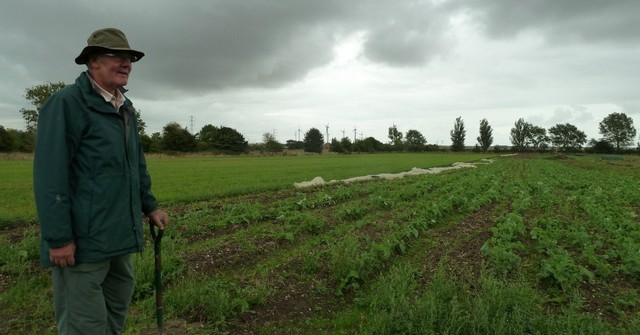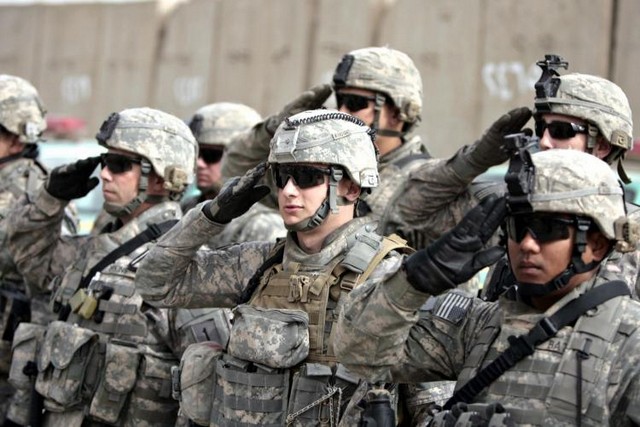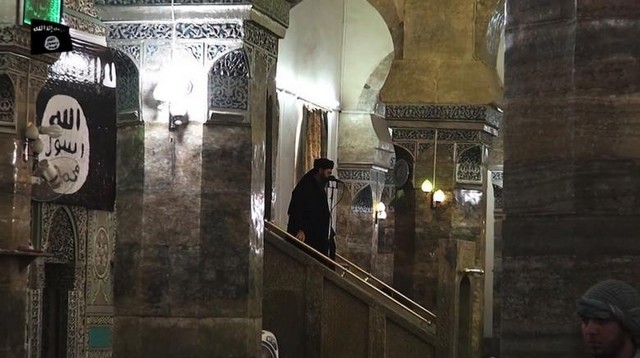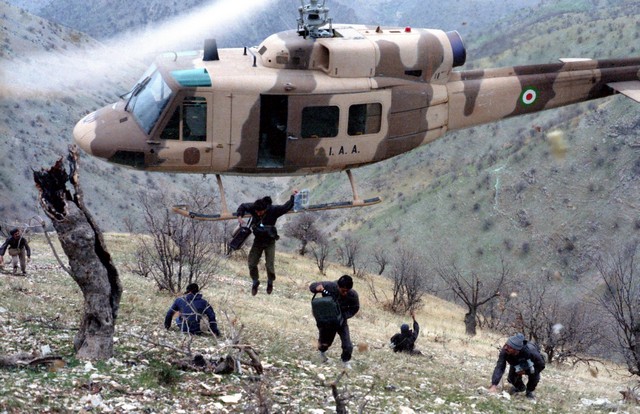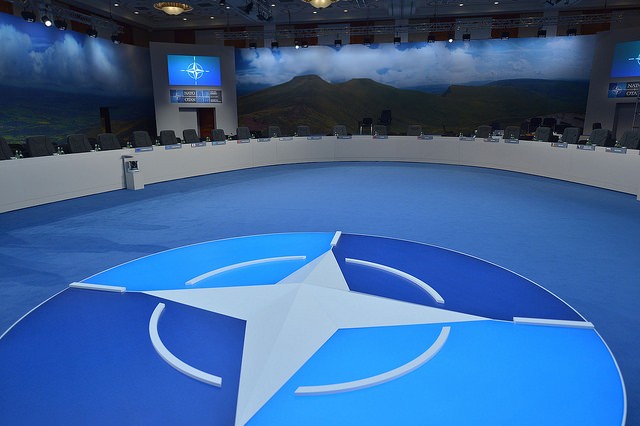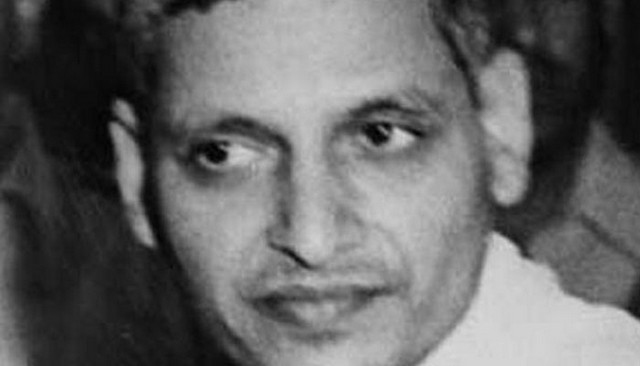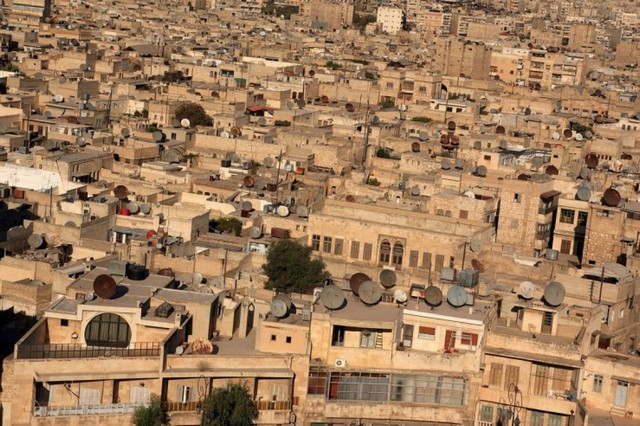By Jack A. Smith
“The United States seems destined to plague us with miseries in the name of liberty.”
Simon Bolivar, the Liberator of Latin America
“Once the United States is in Cuba, who will get it out?”
José Martí, Cuban national hero.
Fair minded people and governments around the world have praised the U.S. decision to finally ease up on Cuba after 55 years of unmitigated hostility. The final agreement, which included a prisoner swap, was hammered outin nine meetings over 18 months of secret talks in Canada between representatives of Presidents Barack Obama and Raul Castro, with the Vatican acting as intermediary.
But what is the true meaning of President Obama’s historic announcement Dec. 17 about establishing diplomatic relations with Cuba and eliminating some — though hardly all — the diverse punishments imposed upon this small socialist society a stone’s throw away from the vengeful Yankee Colossus?
It means that efforts to destroy the communist government of Cuba — from a CIA invasion to the imposition of seemingly endless draconian economic and political sanctions—have failed. In this David-Goliath contest, David was seriously wounded, but won. However, there is a second round to this competition that will likewise test David’s powers.
Obama’s policy change does not signify Washington accepts the existence of socialist or communist governments in Latin America and the Caribbean. They remain forbidden in the hemisphere presided over by the world’s richest and most militarily powerful capitalist state. Washington’s continual effort to undermine Venezuela’s momentum toward socialism is one more evidence of this fact.
The United States remains dedicated to transforming or ejecting revolutionary socialism in Cuba but recognizes the old Cold War method didn’t work. The “bad cop” with the bludgeon botched the job, so the “good cop” with the smile takes over.
This is why Raul Castro, who became president when his ailing brother Fidel stepped down in 2006, made it clear in a speech Dec. 20 that communism will not fade away. “Every country has the inalienable right to choose its own political systems,” he said. “No one can claim that improving relations with the United States means Cuba is renouncing its ideas.” At the end of the speech he declared “Viva Fidel,” a tribute to the elderly infirm man who helped keep the wolf from the door all these years.
This new U.S. approach still remains an act of uninvited intervention by a powerful country into the affairs of a small country. Washington’s continuing intention is to transform a socialist society into a capitalist society in the name of bringing “freedom” and “democracy” to Cuba along with foreign investment and substantial support for “civil society” but not the government.
This perspective intentionally overlooks the liberalizing changes that been made by the Havana regime over the last several years under the leadership of President Castro and the Communist Party that are part of a long-range plan to modernize the society within a socialist context. The Obama Administration wants modernization toward capitalism, not socialism.
Obama’s speech and the just published White House “Fact Sheet” on Cuba make this clear if one reads between the lines.
In the speech, Obama declared: “In the most significant changes in our policy in more than 50 years, we will end an outdated approach that, for decades, has failed to advance our interests, and instead we will begin to normalize relations between our two countries….
“Proudly, the United States has supported democracy and human rights in Cuba through these five decades. We have done so primarily through policies that aimed to isolate the island, preventing the most basic travel and commerce that Americans can enjoy anyplace else. And though this policy has been rooted in the best of intentions, no other nation joins us in imposing these sanctions, and it has had little effect beyond providing the Cuban government with a rationale for restrictions on its people. Today, Cuba is still governed by the Castros and the Communist Party that came to power half a century ago…. I do not expect the changes I am announcing today to bring about a transformation of Cuban society overnight….U.S. engagement will be critical when appropriate and will include continued strong support for improved human rights conditions and democratic reforms.”
“Overnight?” The implication about an eventual transformation is clear in the fact sheet: “We cannot keep doing the same thing and expect a different result…. Today, the President announced additional measures to end our outdated approach, and to promote more effectively change in Cuba that is consistent with U.S. support for the Cuban people and in line with U.S. national security interests.”
In effect, the White House indicated all that was wrong with its“well-intentioned” effort to crush a sovereign country was that it flopped. Actually, Washington’s anti-Cuba policy amounted to a gross long-term violation of the human rights of 11 million Cuban citizens in hopes they would rebel under such pressure, but they didn’t.
The program about which the Oval Office is “proud” included: Over five decades of strangulating economic and political sanctions;thousands of acts of subversion;an invasion and war;completely cutting off credit and loans from international banks; preventing free trade; hundreds of attempts to assassinate Fidel Castro;crop destructions, travel bans; uninterrupted anti-Cuban propaganda; and support for terrorist exile groups safely headquartered in Florida. Cuba’s only retaliation was to survive.
The U.S. added Cuba to Washington’s State Sponsor of Terrorism list 32 years ago, although the country has not engaged in or sponsored terrorism. The designation was intended to embarrass and further cripple the country by tightening restrictions. Among Obama’s new measures is a six-month study to determine whether the designation should be removed. Members of the Cuban Five, who were traded for a Cuban and American in the island’s prisons, were accused of spying on the U.S. but they actually were anti-terrorist agents eavesdropping on violent Cuban exile organizations in Florida. The U.S. was well aware of this fact when they jailed the five for 16 years.
Other aspects of President Obama’s new policy include: Discussions with Cuba on the re-establishment of diplomatic relations, which the U.S. severed in July 1961; opening the embassy in Havana (until now called the U.S. Interests Section); carrying out high-level exchanges and visits; working with Cuba on matters of mutual concern and that advance U.S. national interests; ending, not just loosening travel restrictions; raising remittance levels from $500 to $2,000 per quarter for general donative remittances to Cuban nationals; efforts to empower the nascent Cuban private sector; initiating certain limited trade areas; availing Cuban citizens with more sophisticated communications equipment.
The remaining issue — the biggest — is sanctions, which have not been ended.Sanctions serve a critical function in crushing Cuba but have also become a major international humiliation for the United States. On Oct. 28 the UN General Assembly voted for the 23rd year in a row to condemn the U.S. commercial, economic and financial embargo against Cuba. This year’s vote was 188-2, with only Israel siding with Washington.
Obama indicated he wanted to drop sanctions but said that was a matter for Congress, where the Republicans will control both houses. He has some executive powers in this regard, but Congress is responsible for passing two of the most important anti-Cuba restrictions.Obama stated: “We cannot unilaterally bring down the embargo…. I don’t anticipate that that happens right away.” President Castro later noted, “an important step was taken, but the essential problem of the economic embargo still needs to be solved.” Without this, all talk of even a phony rapprochement is virtually meaningless.
Bipartisan sanctions, the worst of Washington’s retribution for Cuba’s choice of socialism, have been growing in strength since first launched in 1960 by President Eisenhower. President Kennedy increased sanctions in 1962 following his failed invasion a year earlier. In1992, after the Soviet Union imploded —a tragedy for Cuba, which lost its biggest trading partner by far — Congress passed the mislabeled Cuban Democracy Act that extended the economic and trade sanctions to subsidiaries of U.S. firms abroad. In 1996 President Clinton signed the cruelest measure of all, the Cuban Liberty and Solidarity Act, also known as the Helms-Burton bill, which not only bars any foreign company from trading with Cuba but also has an attached proviso permitting Congress to supersede a White House order to end the program.
Many Republicans, but not all, are determined to retain the sanctions, Many, but fewer Democrats, have supported the sanctions but most will now follow their president.
An encouraging sign in the end-sanctions argument is the fact that very large sectors of U.S. business and agriculture desperately want access to the Cuban market which has been deprived of many goods for decades.The New York Times reported Dec. 18: “Within hours of President Obama’s historic move to restore full diplomatic relations with Cuba, companies in the United States were already developing strategies to introduce their products and services to a market they have not been in for the better part of 50 years — if ever.”
In addition to the failure of the White House anti-Cuba policy up until now, another reason for changeis that the U.S.has lost considerable authority in Latin America and the Caribbean in the last 15 years. This is a region of nearly 600 million people over which Uncle Sam ruled for 100 or so years.
America’s prolonged mistreatment of Cuba by its northern neighbor is certainly a factor in reduced influence. Most Latin American governments have insisted on a change in U.S. behavior toward Havana. They have developed close relations with Cuba. Another factor has been Havana’s continual criticism of Washington’s neoliberal policies, which has had an important impact on the region and were picked up by progressive nations such as Venezuela and Bolivia, among others.
The reaction to Obama’s announcement from the nearly two million Cubans in the U.S. is more muted than anticipated. The mostly older “anti-Castro” hardliners are a passing breed. A small demonstration of the ultras took place in Miami Dec. 20, mainly denouncing Obama for selling them out. At the rally, according to the Times, Roberto Delgado Ramos, 78, declared that “all Obama is doing is throwing a lifeline to the Castros so that they can continue crushing the people of Cuba.”
Florida International University in Miami, which has been polling Cuban-Americans since 1991, reported in a recent poll of Cuban-Americans that 68% favor restoring diplomatic relations with Cuba. (Among younger respondents, it was 90%.) Some 69% of all respondents favor the lifting of travel restrictions impeding all Americans from traveling to Cuba. Regarding elections, 53% said they would be likely to vote for a “candidate for political office who supported the reestablishment of diplomatic relations.”A large majority of 71% thought the U.S. embargo of Cuba either has not worked at all or has not worked very well.
The great majority of people in the United States know little about the situation in Cuba before what they have been told was a “communist takeover,” but it is a large factor explaining Havana’s intense commitment to national independence.
At 10 minutes after 2 o’clock on the New Year’s morning of Jan. 1, 1959, Cuban dictator Fulgencio Batista frantically boarded a plane in Havana to flee his country as liberation forces of the 26th of July Movement, led by Fidel Castro, were preparing to declare victory throughout the largest island in the Caribbean Sea after several years of intense struggle.
The peoples’ victorywas the first time in 467 years that Cuba was totally cleansed of foreign domination. This is certainly a compelling reason why loyalist Cubans have held on so tenaciously to national independence against the brutal Yankee onslaught.
Spain claimed possession of the island when it was “discovered” by Christopher Columbus in 1492, oppressing the native people, African slaves and former slaves until 1898 when the U.S. seized Cuba in the Spanish-American War. The Cubans themselves, who had earlier launched two liberation wars that did not succeed, demanded control of their own country after Spain’s fall but were brushed aside by Washington.
U.S. military forces took command on Jan. 1, 1899. A one-sided independence arrangement was forced upon the Cubans in 1902 transforming the country in effect into a U.S. protectorate. Washington controlled much of Cuba — particularly its foreign affairs and lesser so the economy— ordering U.S. Marines to restore imperial order from time to time in the early decades of the relationship. (The right of the U.S. to occupysole use of Guantanamo for insignificant rent emanated from this period. Cuba has sought its return for decades but was thwarted. The territory now functions as a detention and torture facility for its high and mighty neighbor.)
Testifying before a Congressional committee soon after the 1959 revolution, former U.S. ambassador to Havana Earl Smith stated: “Until the advent of Castro… the American ambassador was the second most important [official] in Cuba, sometimes even more important than the [Cuban] president.” Batista, the last Washington puppet, was a corrupt, anti-democratic dictator who catered to the wealthy and U.S. criminal elements which invested heavily in turning Havana into a playground for foreign tourists, featuring big time gambling and prostitution.
It is amazing that the Havana governmentmanaged to survive Washington’s hostility,especially after the collapse of the Soviet Union and its associated countries nearly a quarter century ago. The U.S. created extremely hard times for the Cuban people, many of whom took advantage of the policy providing all those who reached American shoresfrom Cuba with an immediate green cardand various benefits to settle in Florida or New Jersey. This was done to embarrass the Havana government. In the early years after the revolution it was mainly the better off sector of the population that left for the U.S. Later, the reasons were largely economic.
Friends of Cuba throughout the world are overjoyed by the news Obama is modifying U.S. antagonism toward Cuba, and most also realize that Yankee “friendship” could well be a two-edged sword intended to “capture the castle from within.”
There can be little doubt, however, that once the economic boycott is terminated and the U.S. removes its chokehold of sabotage, propaganda and continual efforts to manipulate the political direction of the Havana government, Cuba at last will breathe freely and socialism will have the opportunity to flourish.
Jack A. Smith is editor of the Activist Newsletter and is former editor of the (U.S.) Guardian Newsweekly.
23 December, 2014
Countercurrents.org


